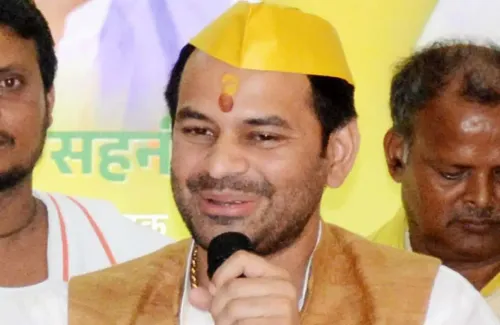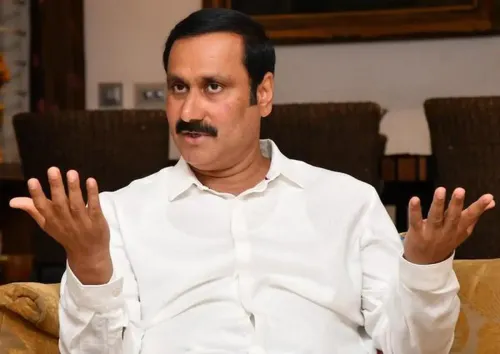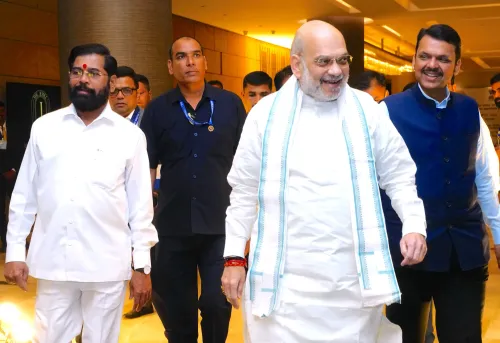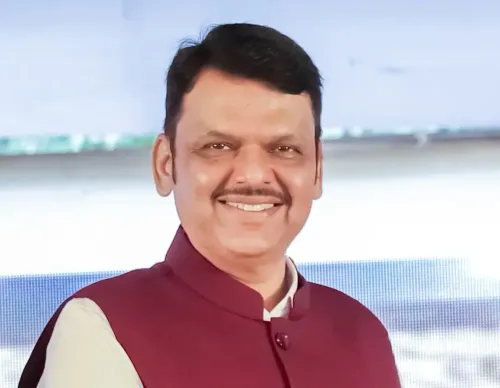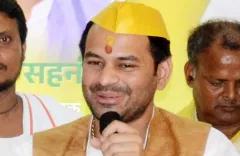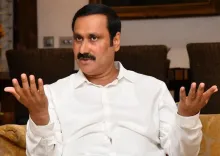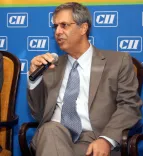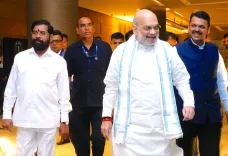Has Dhankhar Joined the Ranks of Mid-Term Vice Presidents? - A Constitutional Milestone
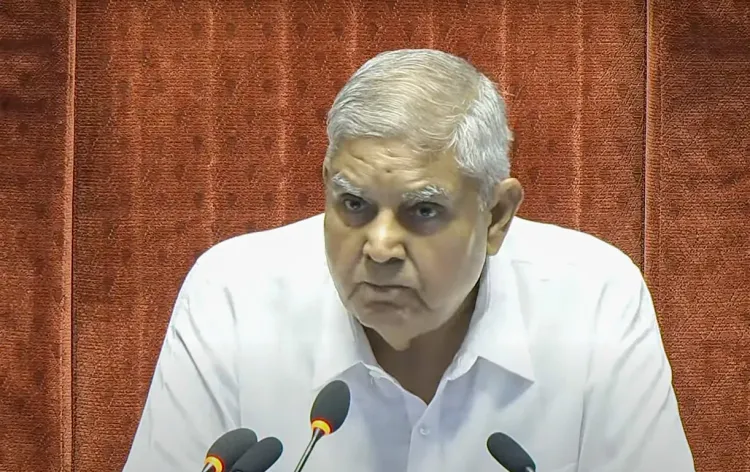
Synopsis
Key Takeaways
- Dhankhar's resignation marks a significant constitutional shift.
- The Election Commission must act swiftly to fill the vacancy.
- The Deputy Chairman will temporarily lead the Rajya Sabha.
- Political dynamics may change leading to the 2026 elections.
- His departure highlights the pressures of high constitutional office.
New Delhi, July 21 (NationPress) The resignation of Vice President Jagdeep Dhankhar has initiated a significant constitutional and political transformation that will unfold in the upcoming weeks.
With his resignation now formalized, the process to elect a new Vice President—India’s second-highest constitutional office—will commence under Article 66 of the Constitution.
Until the election concludes, the Deputy Chairman of the Rajya Sabha will temporarily assume the role of presiding over the proceedings in the Upper House. However, this arrangement does not grant the title of Acting Vice President or extend constitutional authority beyond chairing the Rajya Sabha.
According to the Constitution, the Election Commission must fill this vacancy “as soon as possible,” typically within a six-month period. The newly elected Vice President will serve a complete five-year term rather than merely completing the remainder of Dhankhar’s tenure, as clarified by Supreme Court lawyer Pradeep Yadav.
In the meantime, Dhankhar is not anticipated to remain in any official capacity. Once the resignation takes effect—submitted formally to the President under Article 67(a)—the position is vacated, and no provision permits an interim return unless a new election takes place.
This interlude in Rajya Sabha leadership occurs during a politically charged moment, coinciding with the Monsoon Session, which is typically marked by intense legislative activity.
Dhankhar’s absence removes a vocal and combative figure from the Upper House, likely altering the tone of parliamentary engagement. The Deputy Chairman, although institutionally capable, may adopt a more restrained approach compared to Dhankhar’s assertive demeanor.
As the government deliberates its choice of successor, the nomination will reflect not only strategic considerations ahead of the 2026 general elections but also the desired tone of parliamentary discourse.
For the Opposition, this period presents a brief opportunity to recalibrate their tactics and possibly advocate for a less partisan figure in this constitutional role.
The result of the Vice Presidential election—and its immediate implications for the functioning of the Rajya Sabha—will have lasting repercussions for both governance and the dynamics of Indian democracy.
In the interim, the Deputy Chairman of the Rajya Sabha will take on the responsibility of presiding over the Upper House. However, this is a procedural arrangement and does not elevate the Deputy Chairman to the status of Acting Vice President.
As advocate Pradeep Yadav clarified, the resignation does not precipitate a constitutional crisis—these are usually linked with the office of the President. Nonetheless, constitutional offices such as the Vice President, Prime Minister, or President cannot be left unoccupied.
Dhankhar, having submitted his resignation under Article 67(a), is not expected to continue in any capacity until a successor is appointed. His departure coincides with the Monsoon Session, a time of heightened legislative activity, creating a notable leadership vacuum in the Rajya Sabha.
Dhankhar, recognized for his combative parliamentary style and alignment with the ruling BJP-led NDA, often found himself at the center of heated debates and procedural disputes.
His absence could temporarily shift the tone of the Upper House, potentially allowing for a more subdued or conciliatory approach depending on how the Deputy Chairman chooses to navigate the role.
Politically, the race to elect a new Vice President offers the NDA a chance to reaffirm its legislative stance ahead of the 2026 general elections. A candidate mirroring Dhankhar’s assertiveness could indicate a continuation of combative parliamentary strategies, while a more moderate choice might reflect a strategic recalibration.
For the Opposition, this moment presents a narrow opportunity to advocate for a less partisan occupant, even though they remain numerically outmatched in both Houses. Beyond procedural implications, Dhankhar’s departure underscores the pressures associated with high constitutional office.
He is the third Vice President in Indian history to resign mid-term, joining the ranks of VV Giri and R Venkataraman—both of whom resigned to assume the presidency. However, Dhankhar appears to have exited public life permanently, with no signs of a future political pivot.
As Parliament braces for a transition at the top of the Rajya Sabha, political observers are watching closely. The government’s decision on a successor will not only reflect electoral arithmetic but also shape the future of legislative discourse and the evolving dynamics of India’s constitutional institutions.

